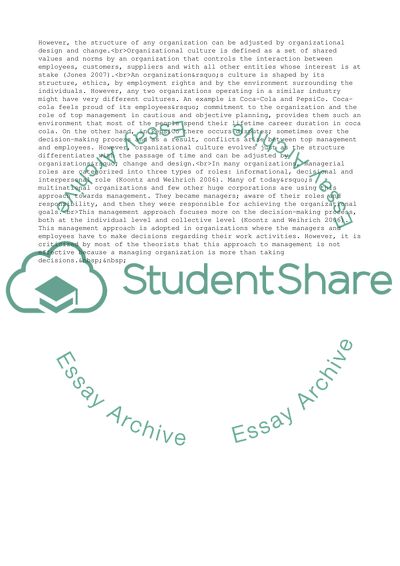Cite this document
(“Organization Behavior - Different Approaches to Management and Leaders Essay”, n.d.)
Organization Behavior - Different Approaches to Management and Leaders Essay. Retrieved from https://studentshare.org/management/1746673-organisation-and-behavior
Organization Behavior - Different Approaches to Management and Leaders Essay. Retrieved from https://studentshare.org/management/1746673-organisation-and-behavior
(Organization Behavior - Different Approaches to Management and Leaders Essay)
Organization Behavior - Different Approaches to Management and Leaders Essay. https://studentshare.org/management/1746673-organisation-and-behavior.
Organization Behavior - Different Approaches to Management and Leaders Essay. https://studentshare.org/management/1746673-organisation-and-behavior.
“Organization Behavior - Different Approaches to Management and Leaders Essay”, n.d. https://studentshare.org/management/1746673-organisation-and-behavior.


